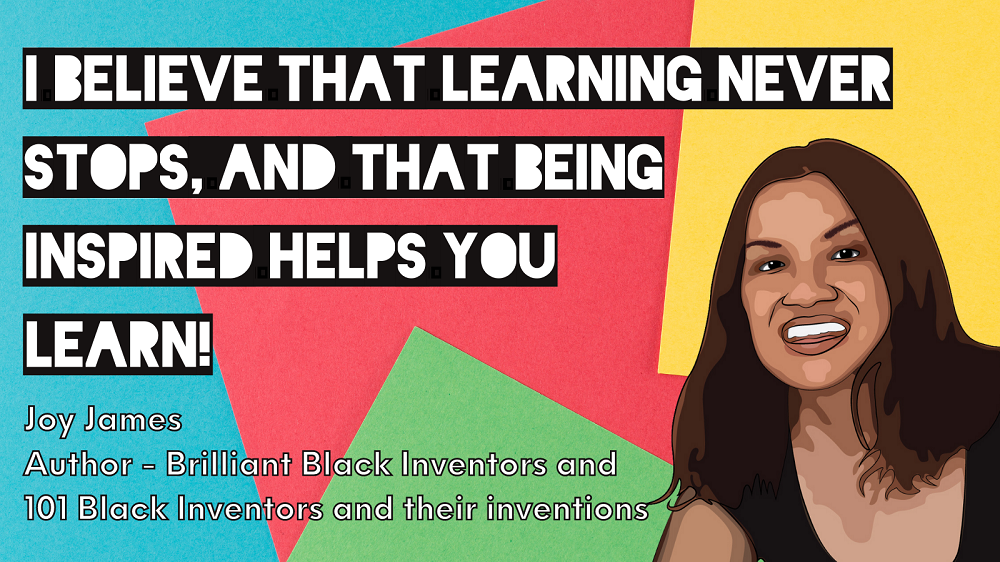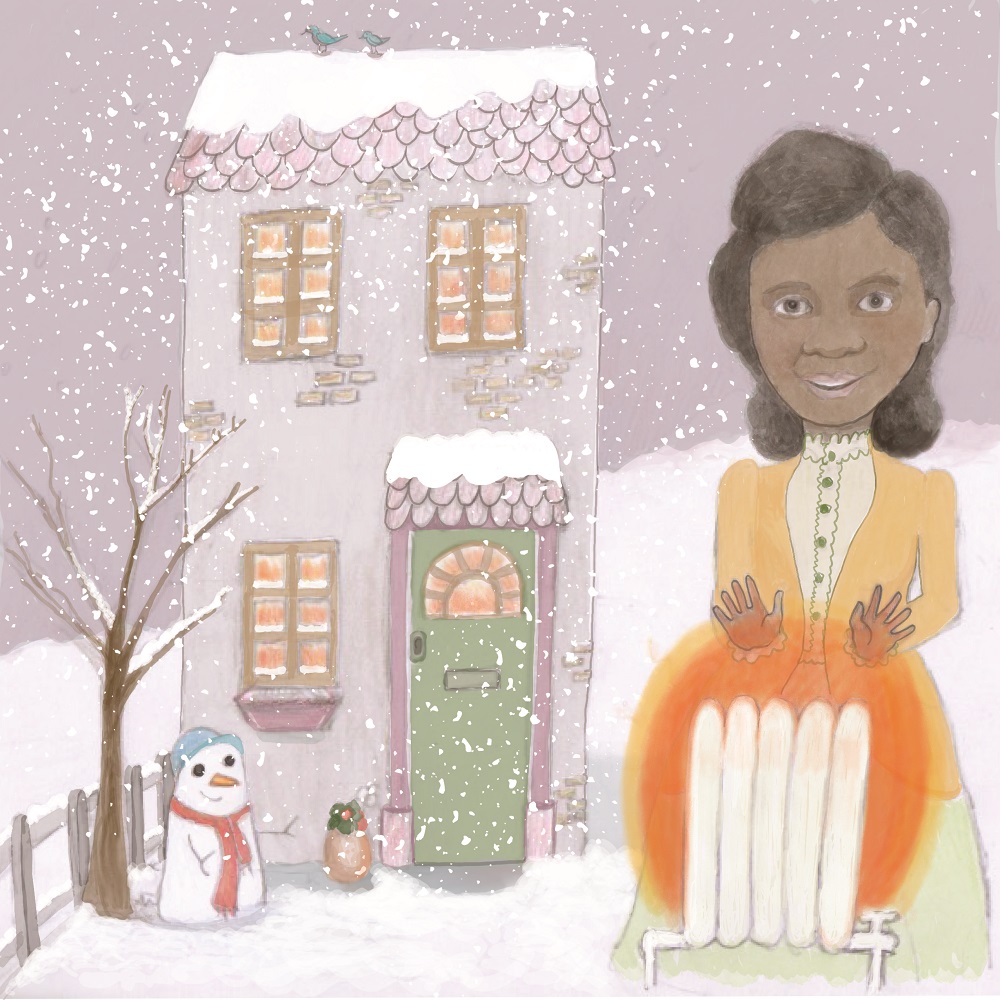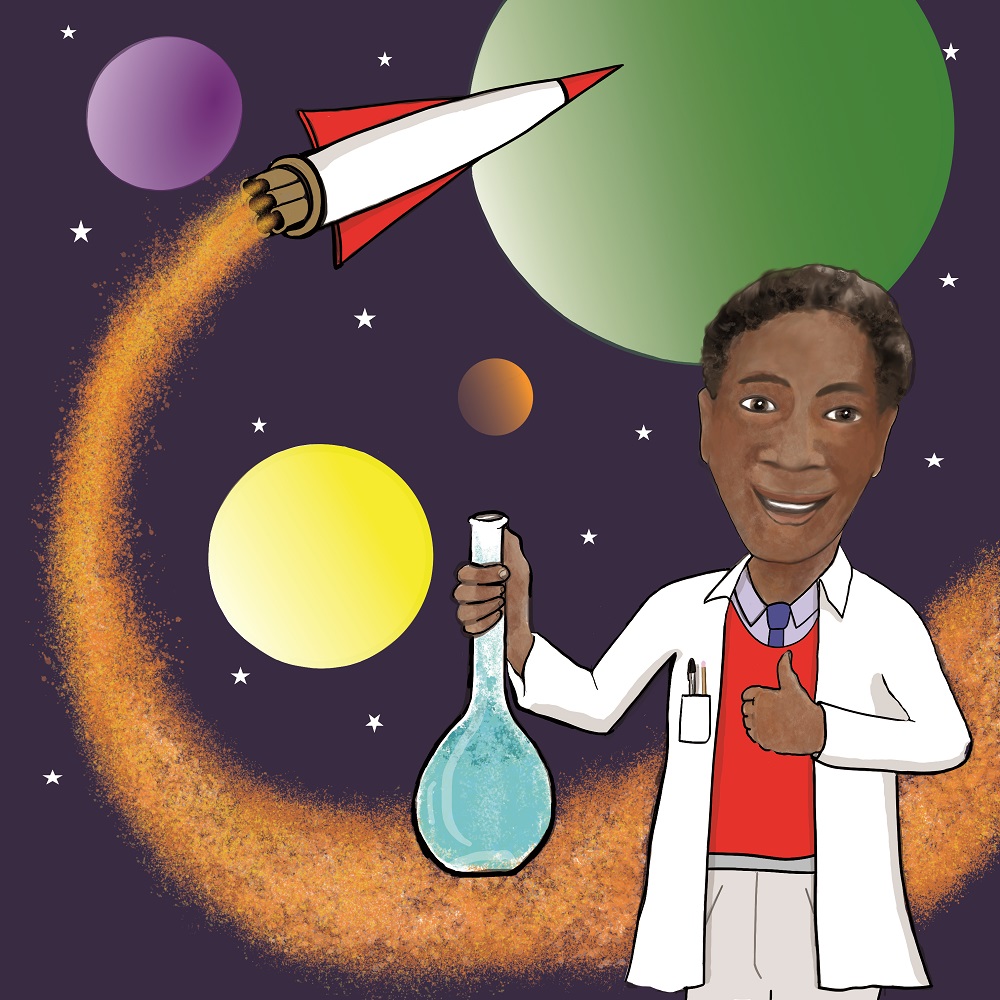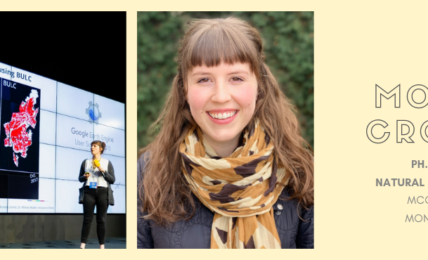Meet Joy James, an author who hopes to inspire kids by celebrating Black inventors
"This was initially going to be just one book but I have since written the next two books in the series, which I hope to publish next year, and have started a further two books for the year after."










